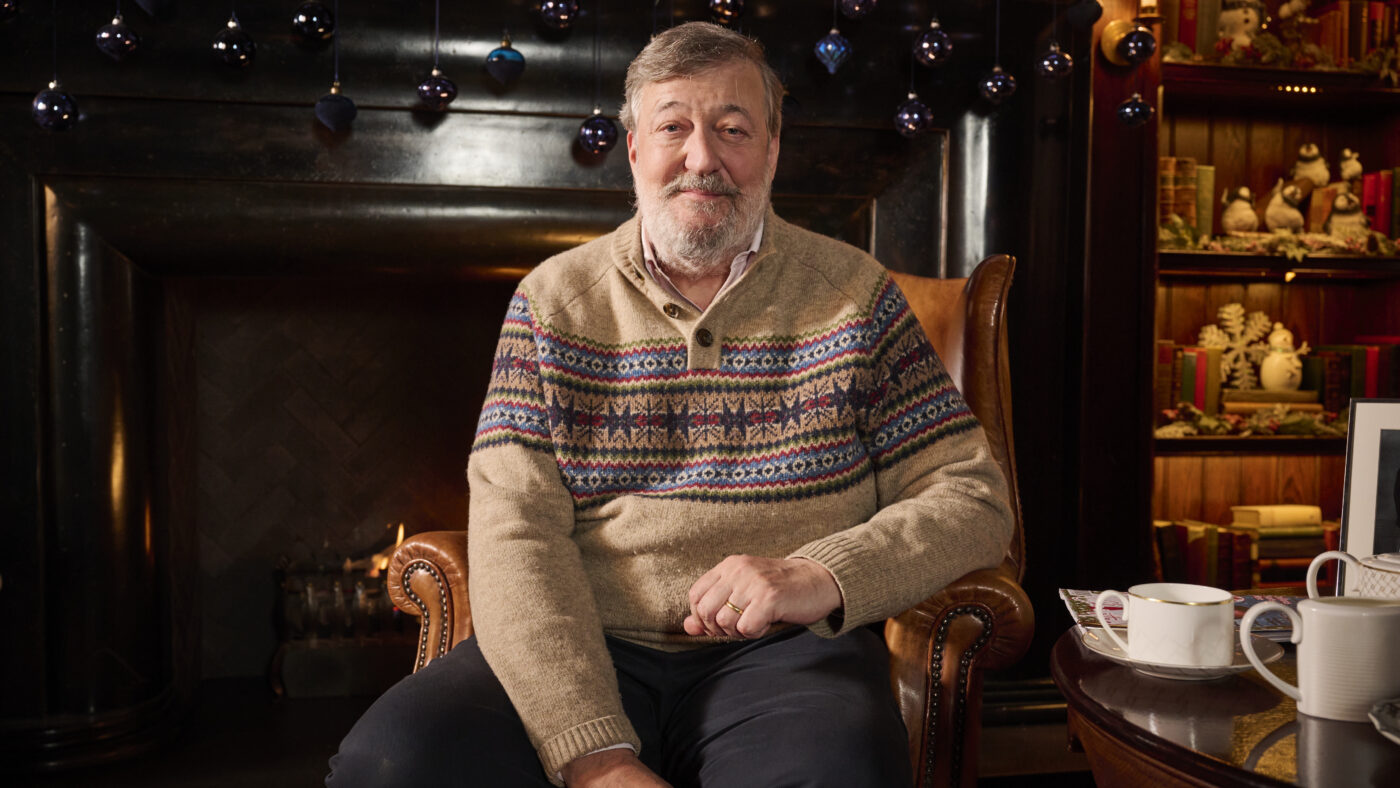Last week, the nation listened to Stephen Fry’s alternative Christmas message and his personal disclosure, ‘I am a Jew’. What went unnoticed were the layers of meaning in that short sentence. Perhaps even Fry himself was unaware that these words originally have biblical connotations. Jonah uttered this same line as he revealed his identity to unfriendly crew mates and was cast into the waters and swallowed by a whale as a result. Millenia later, he line was echoed by French writer Edmond Fleg discussing the antisemitism that was exposed by the Dreyfus affair. In 2002, journalist Daniel Pearl said, ‘My father’s Jewish, my mother’s Jewish, I am Jewish’ before being murdered by Islamist terrorists in Pakistan. In painful irony, that very same year the late Chief Rabbi Jonathan Sacks wrote ‘I am a Jew’ in his book The Dignity of Difference, which advocated for religious coexistence and respectful acceptance of difference in a world of globalised hatred. These words have recently been printed and distributed to Israeli soldiers fighting on the frontline. Since 7 October, ‘I am a Jew’ has reverberated through the internet.
Throughout history, declaring one’s Jewishness has been a protest of indignation. It is something done by Jews when they feel shocked and betrayed by unequal treatment. It is a desperate invitation to non-Jews to see the senselessness of antisemitism for what it is.
Jewish self-identification is also profoundly scary because it means dropping our final layer of protection. In times of persecution, Jews’ ability to blend in has been their greatest advantage. It has also been the source of their enemies’ greatest frustration. As far back as the 16th century Jews have had nose jobs to look less Jewish. This is despite the fact that, in 1911, anthropologists found no difference between the noses of Jews and the rest of the population. The myth of the ‘unsightly’, prominent Jewish nose has nevertheless remained an ingrained stereotype being featured in antisemitic literature, Nazi caricatures and even in modern day cartoons in The Guardian.
One reason for this is a long-standing desire among antisemites to be able to identify an increasingly assimilated Jewish population. If you can spot a Jew, they can be segregated, controlled, exploited or scapegoated. From caliphates in the middle ages ordering Jews to wear yellow belts, hats or heavy necklaces inscribed with the word ‘dhimmi’, to English Jews in the 1200s being forces to wear white bands, this identification spread. French and Spanish Jews were made to wear badges and Viennese Jews wore cones, while the 16th century, Lithuanian and Italian Jews had to wear yellow hats, paving the way for the infamous yellow stars of the 1940s worn by Jews across Nazi-occupied Europe.
This tendency continues to tis day, albeit in a more subtle form. A recent article in The Times expressed appreciation of Jewish people for their accomplishments. But it also praised British Jews for wanting, ‘to be seen as integrated on the outside, while maintaining a discreet Jewish identity on the inside’. Although doubtlessly well-intended, this felt like a back-handed compliment. Would it ever be acceptable for any other minority community to be appreciated for trying to shun their identity and the very characteristics that make them distinct? It’s absurd and offensive. If even our friends tell us that we will be accepted only if we keep our heads down and blend in, what chance do we have? Assimilating not only undermines our core Jewish values of retaining our heritage, but also unnerves our enemies who need us to look different. Heads I win, tails you lose. For many Jews, we blend in not because we want to, but because we have to.
The Ultra-Orthodox Jewish communities have never hidden their Jewishness. Perhaps this has been the reason why they have been relatively less affected psychologically by the recent spike in antisemitism. They are used to being pointed at and othered. Unafraid of being identified, they wear their traditional hats and side-locks on the streets of London and create culturally-specific services that cater to their religious way of life. They aren’t trying to integrate seamlessly into British society but rather to celebrate their differences and live alongside their British neighbours. After all, the essence of Jewish living is a distinct lifestyle, with different calendars, diets and lifecycle events. Being theocentric too, sets them apart ideologically in a broadly secular society. But far from being ashamed by their differences, they embrace them with pride despite the whispers and stares. They are grateful to be British and proud to be Jewish. If that makes you feel uncomfortable to read, you might want to ask yourself why.
Stephen Fry was brave to identify himself as a Jew and to open himself up to the inevitable stream of hatred. But as ‘Jew identification’ becomes a thing again, it is yet another worrying sign that our society is descending further into normalised antisemitism. As Jews, we shouldn’t need to assimilate to be accepted. We should be able to be loud and proud about our Jewishness, adding our unique colour to the tapestry of British life. After all, embracing difference and diversity while coexisting in respectful friendship is what it’s all about in Britain in 2024… isn’t it?
Click here to subscribe to our daily briefing – the best pieces from CapX and across the web.
CapX depends on the generosity of its readers. If you value what we do, please consider making a donation.


